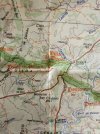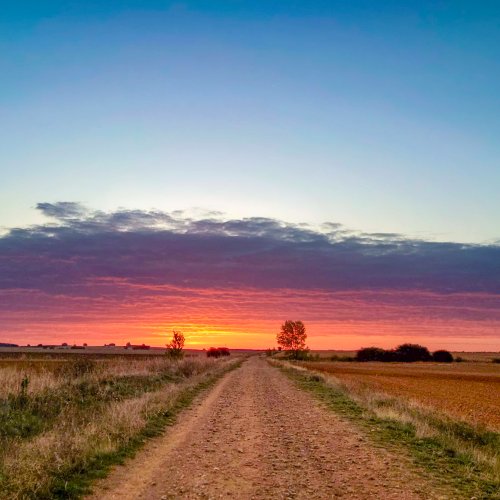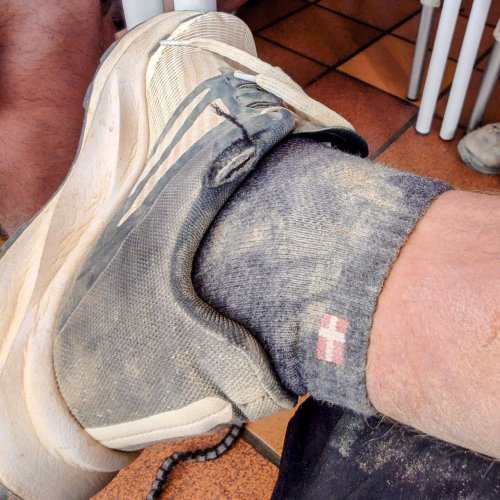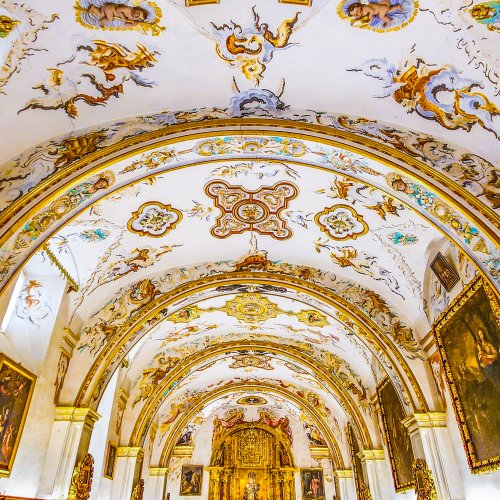isawtman
Active Member
- Time of past OR future Camino
- Camino Frances, 2022
Ice Age Trail, 2014, 2019
There are already several alternative routes on the Camino Frances,
but perhaps the place they could use one the most doesn't have one.
I think the people of Galicia should consider creating an alternative route
after Portomarin. Perhaps having the alternative go through Monterroso.
The reason the variant has to be after Portomarin is that bridges over
the River Mino are few and far between.
but perhaps the place they could use one the most doesn't have one.
I think the people of Galicia should consider creating an alternative route
after Portomarin. Perhaps having the alternative go through Monterroso.
The reason the variant has to be after Portomarin is that bridges over
the River Mino are few and far between.




























